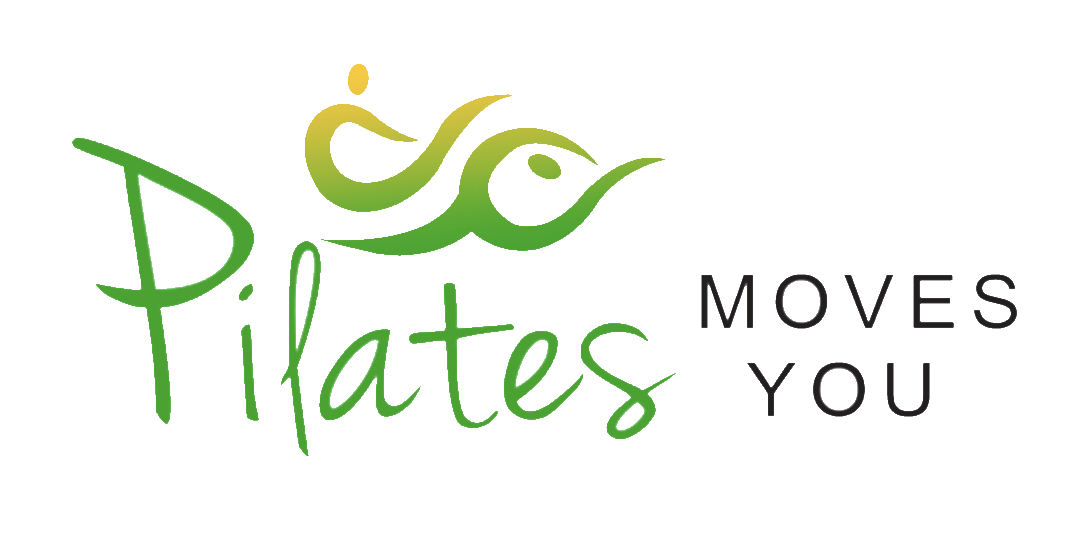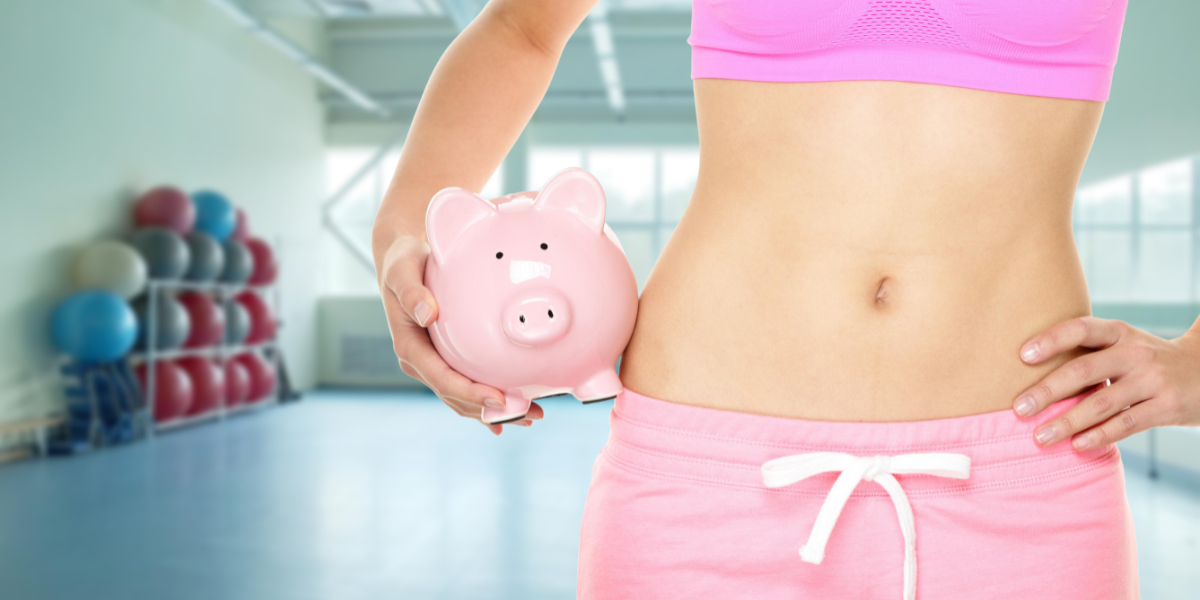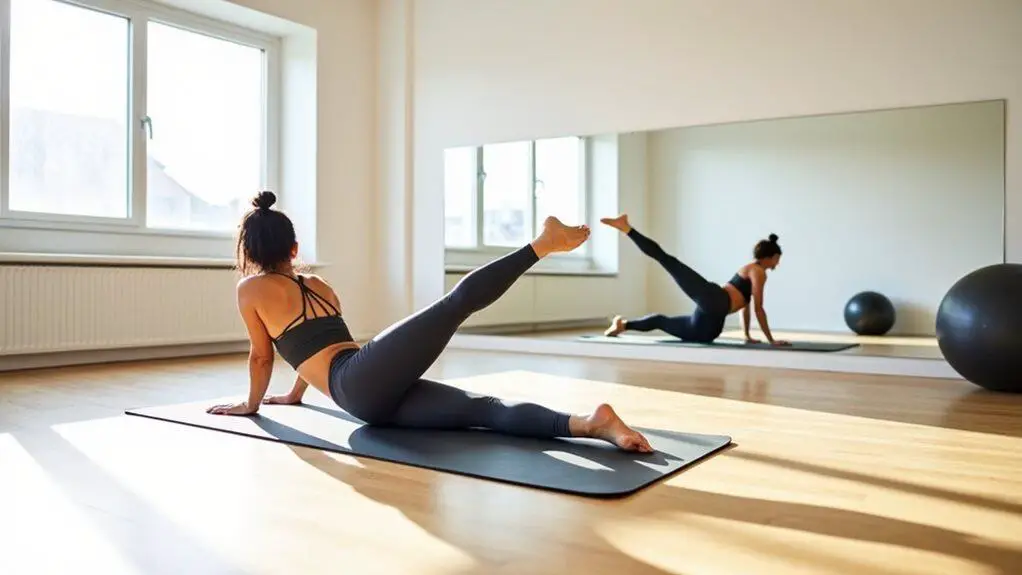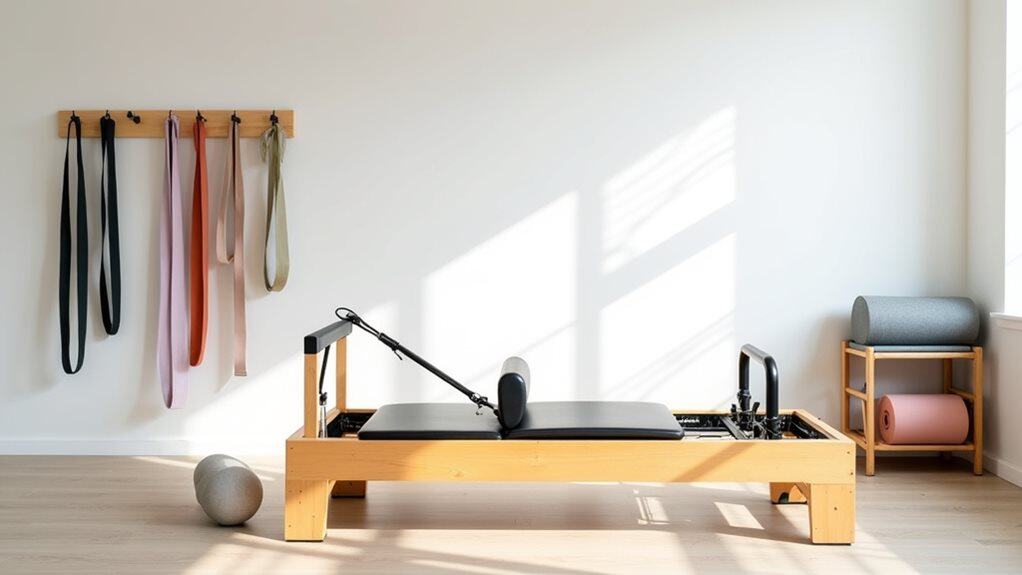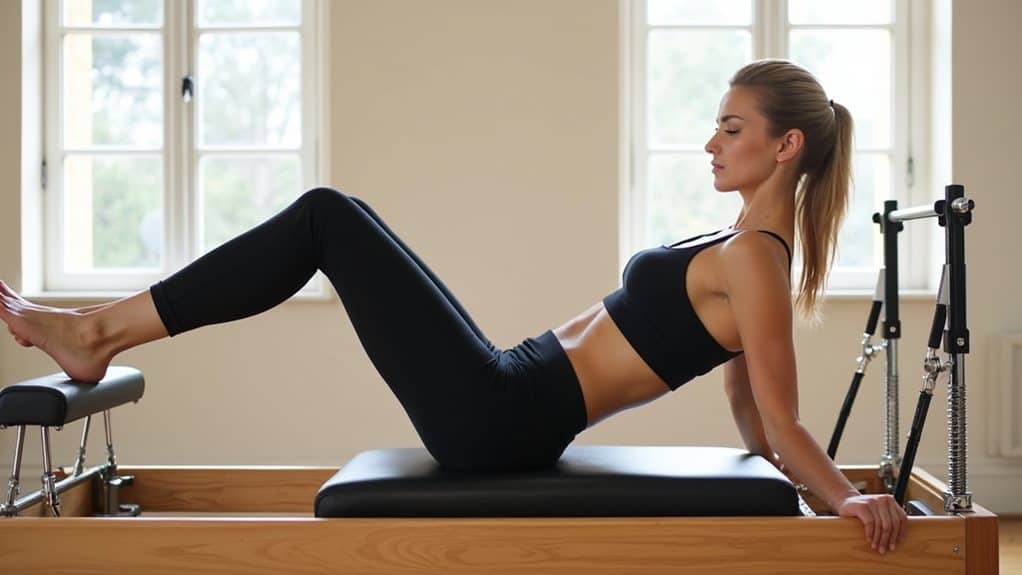When taking up any new activity an important consideration is how much it will cost you in the long run. A one off event is easy to evaluate, but with fitness activities you need to consider costs such as equipment, classes, private lessons, retreats, and clothing, and then judge if an activity like Pilates is worth the money.
In the long run Pilates is an excellent investment of time and money. It provides multiple health benefits whatever your age and the sooner you start, the better your quality of life as you get older.
Pilates should be approached like a marathon, rather than a sprint. The long term benefits require commitment and motivation to maintain the practice. The Pilates method should be introduced gradually with gentle progression and periodic recalibration to maintain progress.
What costs are involved with Pilates?
Money
If you’ve never done Pilates then a good investment to make is in Pilates classes or private tuition. While Pilates can be done anywhere it’s important to first learn the proper technique to avoid injury. Try to find local beginner classes or seek one to one tuition with a professional.
Group classes will cost less than one to one classes, but you will also gain less feedback as the Pilates instructor will have their attention split between the entire class rather than focusing on just you.
There are many types of classes, it’s a good idea to try a few and find the one you’re most comfortable with.
While paid classes will usually include the use of equipment, you will need to invest in good quality active ware, so you can feel comfortable during your workout. As you progress you’ll want to purchase your own Pilates equipment and start practising at home.
Fortunately good quality clothing and equipment will last a long time, the only recurring monetary costs will be tuition.
Time
Regardless of where you practice Pilates, the single biggest commitment you’ll need to make is time. Ideally you should practice Pilates several times a week for at least 30 minutes per session.
Beginners Pilates sessions will likely take longer as you will need extra time to practice new poses and techniques, an experienced practitioner will be able to flow between positions with practised ease.
Motivation
As with any activity, you need to be self-motivated and push yourself to do it. This can be especially hard in the beginning when you’ve not embedded Pilates into your weekly routine.
How do you find and stay motivated? Make a commitment to yourself, track your progress and find an accountability buddy who will check you are sticking to your new schedule.
Committing to a regular class can be a great way to embed Pilates into your regular life, but if you want to practice at home here are some tips for creating a regular routine:
- Start small by practising twice a week for 10 – 15 minutes each day. You don’t need to commit to doing all exercises every session, simply focus on learning the basic movements.
- Once you get used to this level of intensity you can increase the duration of your workouts. Set yourself a goal of increasing each workout by 2 minutes each week.
- Gradually build up your training over weeks and months until you are comfortable doing a 45 – 60-minute session, this should give you a total body workout.
- Keep working out and adding variety to your routines. This will keep things interesting and challenging
- Finally, remember to enjoy the process!
If you are able to be self-motivated and commit to regular exercise you’ll find Pilates can really change your life!
What equipment do I need to buy?
I love Pilates because in theory it doesn’t require any equipment at all, it’s designed to use your body weight and core muscles rather than external items and so you can practice it any time, anywhere.
At minimum, I’d recommend purchasing a mat to provide support while practising, and good fitting clothes to prevent accidents.
In terms of clothing I highly recommend the Contur range of active clothing, they are very comfortable, great quality, very comfortable, and they’re also a brand founded on the principles of sustainability and ethical manufacturing.
As you become more proficient at the exercises you may wish to add other pieces of equipment such as:
Pilates Mat: The main purpose of this item is to give stability to your body so that you aren’t constantly falling over. The thick mat also protects your joints when working on the floor.
Stability balls: Also known as Pilates balls or Swiss balls, they provide support during exercise allowing you to focus on core strength without putting pressure on joints.
Hand weights: Commonly used in Power Pilates, small hand weights can be used to increase the workout intensity. They usually weigh no more than 3kg and if you don’t have weights food tin cans can be used instead.
Ankle/wrist weights: Rather than holding weights in your hand, you can get wearable weights that you place around your ankles or wrists to make your body work harder during the workout.
Pilates ring: Also known as a ‘magic circle’, they’re a flexible ring with handles that provides resistance by squeezing together the two sides.
Resistance bands: A great alternative to traditional weights, used to provide resistance against gravity. Bands come in various lengths and thicknesses to provide different levels of resistance.
Pilates bar: An adjustable length pole with resistance bands that loop over your feet. The bar helps strengthen muscles through controlled movements and is an alternative to using weights during training.
Floor gliders: Small circular pads that allow your feet to glide along a smooth floor. An alternative home version would be offcuts of carpet.
Step: A small raised platform that creates a step you can stand or sit on.
Reformer: The other items suggested are all fairly low cost. A Pilates Reformer is a big investment, both in terms of money and the space it requires. A reformer is essentially a large piece of furniture which allows you to perform many of the same exercises as those performed on the mat but with an extra intensity level.

Can I learn Pilates for free?
Pilates can be learnt for free if you have access to streaming services such as YouTube. There are many qualified instructors who upload full lessons suitable for any fitness level and covering a wide range of Pilates exercise types.
There is also the Taboota app which presents YouTube workout videos in an easy to sort app, learn more about it in this blog post: This FREE app helps you find FREE Pilates classes
However, learning by watching videos does have drawbacks. You won’t receive any feedback on your routine which means you won’t know if you are practising the proper form or have the correct body alignment which could result in injury.
Another option is to join a live-streamed class. In some cases these classes will allow the instructor to provide some feedback, but keep in mind it won’t be as precise as in person tutoring. If you’d like to try a free streamed class do so here: Free Online Pilates Class
There isn’t one specific style of Pilate’s that will suit everyone; each person has their own unique needs and goals, perhaps you want to increase your body strength, or increase muscle tone.
Where you have a specific goal in mind, free classes will be unable to assess your skill level or help you in the same way a private instructor at a Pilates studio can, however they may still offer valuable information regarding how to improve certain aspects of your technique.
What are the benefits of investing in Pilates?
Originally created in the early twentieth century by a man named Joseph Pilates, who developed a form of exercise that works the entire body by combining elements of strength training, flexibility, core stabilization, and breathing techniques.
In the long run you can expect a wide range of health benefits from regular Pilates workouts:
- Increased flexibility and mobility
- Better balance
- Routinely working major muscles
- Reduced Neck, Back Pain, and Shoulder Pain
- Better body awareness
- Better posture
- Improved mood
- Increased core strength
- Helps precent injuries
- Increased energy
- Reduces menstrual pain
- Enhances other fitness and spots performance
In addition to the physical benefits many find there are also mental and emotional benefits, including increased self-confidence, improved focus, better sleep quality, and reduced stress levels.
An investment in Pilates is an investment in your physical and mental health which will improve your quality of life for years to come.
So, is Pilates worth the money? Yes, Pilates is definitely worth the money.
